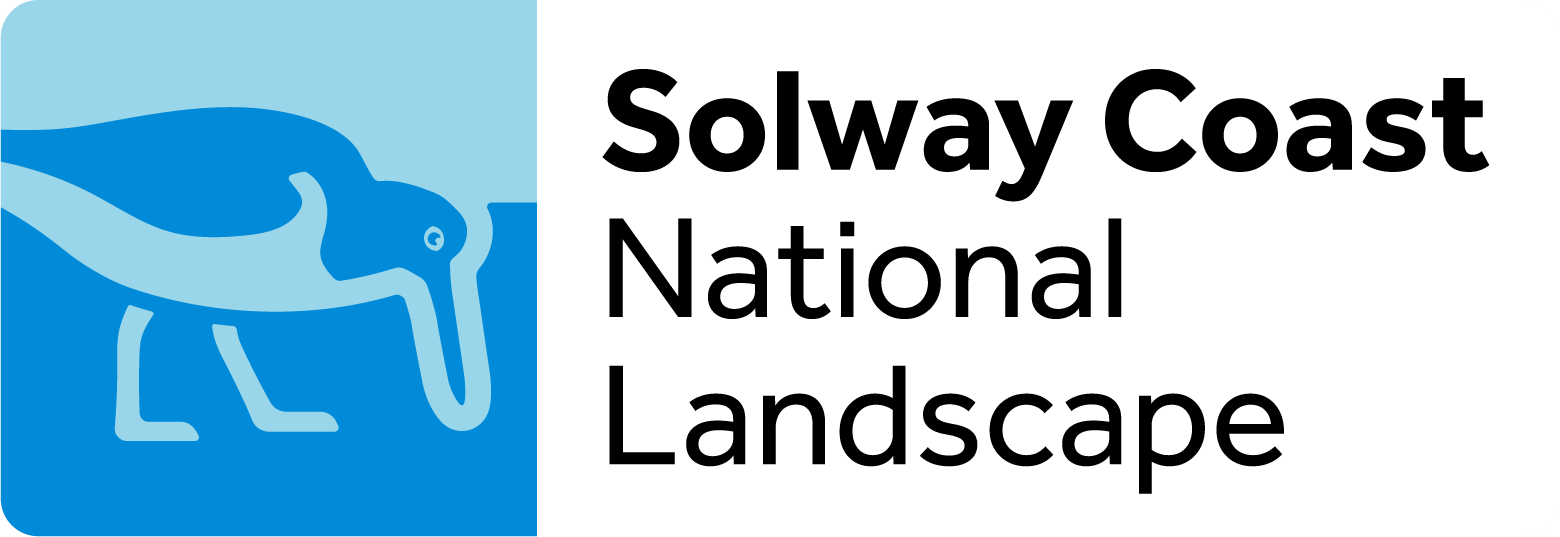The coast and dunes
There are plenty of different coastal environments to explore along the Solway Coast Area of Outstanding Natural Beauty – not least our many miles of dunes.
Inland from the sand and mud flats along the southern stretch you will reach the unbroken belt of sand dunes. Two of the loveliest are Mawbray Banks, north of Allonby, and Wolsty Banks, south of Silloth.
This coastline habitat has, over many years, been modified by man for grazing pasture and leisure activities such as golf courses and the creation of car parking. However, much still survives as pristine habitat and, as a result, many areas have been designated as nature reserves.
The sand dunes are made up of several different habitats. There’s the dune heath, where heathers dominate the plant species. Then there are dune slacks, where mosses and grasses are prolific.
There are also the mobile dunes, so called because of the shifting wind-blown sands that are at the heart of every sand dune.
At the seaward edge of the area are the embryo dunes where the sands are trapped by the grasses. Further inland, larger dunes grow and are called yellow dunes. These higher dunes support a wide range of grasses and herbs.
Many species of birds, butterflies, mammals and the rare natterjack toad make the dunes their home.
The dunes are a fragile place and can be prone to irreparable damage if they are not cared for. That’s why we ask you not to take vehicles on to the beach, and to be careful of fire from barbecues and discarded cigarettes.
Find out more about our beaches on the beachcombing and wildlife pages.





